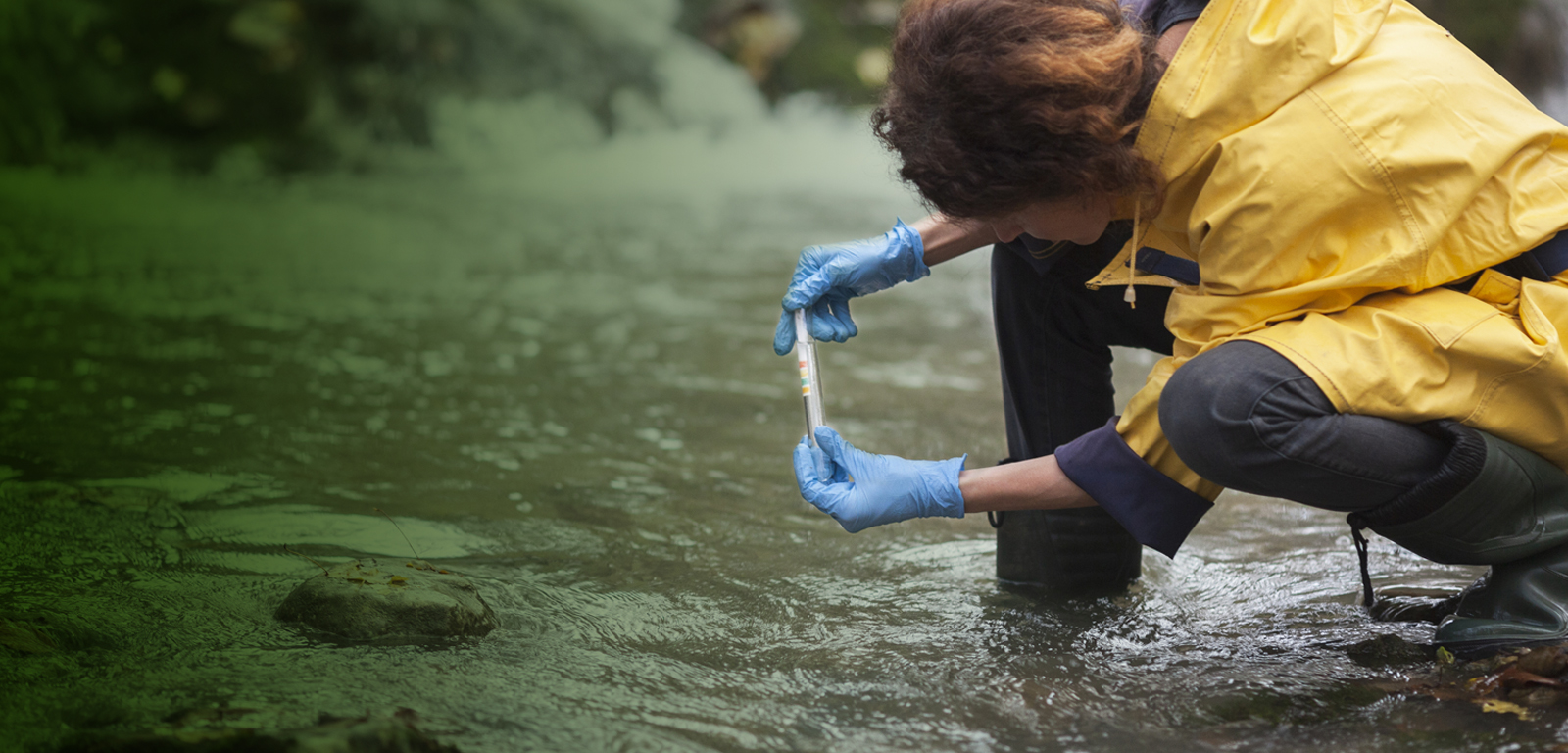Subject
Arctic Environmental Pollution: Distribution and Processes
General details of the subject
- Mode
- Face-to-face degree course
- Language
- English
Description and contextualization of the subject
The course focuses on how physical conditions affect persistence and distributions of contaminants in the Arctic environment. Important physical factors in the Artic are atmospheric conditions, extreme variabilities in temperatures and light, and global climate change. How to conduct field work and sample environmental material in Arctic conditions.Aims
To provide knowledge distribution of environmental contaminants in the Arctic and how they are affected by physical environmental factors in the Artic.
Objectives
At the end of the Unit, you should:
1. have knowledge of local and long-range sources of environmental contaminants in the Arctic
2. have detailed knowledge of how physical-chemical processes work differently in the Arctic than at mid-latitude locations
3. have knowledge on how to conduct field work and obtain relevant environmental samples in the Arctic
Teaching staff
| Name | Institution | Category | Doctor | Teaching profile | Area | |
|---|---|---|---|---|---|---|
| ORTIZ ZARRAGOITIA, MAREN | University of the Basque Country | Profesorado Agregado | Doctor | Bilingual | Cellular Biology | maren.ortiz@ehu.eus |
Competencies
| Name | Weight |
|---|---|
| Que el estudiante sepa y entienda los conceptos teóricos en torno a la biodisponibilidad de contaminantes químicos ambientales, así como los aspectos prácticos y sus aplicaciones. | 12.0 % |
| Que el estudiante sepa y entienda los conceptos teóricos en torno a los Programas de seguimiento ambientales de los niveles y efectos de los contaminantes químicos ambientales, así como los aspectos prácticos y sus aplicaciones. | 12.0 % |
| Que el estudiante sepa y entienda los conceptos, práctica y aplicaciones de la evaluación integral de la salud de los ecosistemas (acuáticos y terrestres) en un ambiente cambiante y sometido a fuentes múltiples de estrés ambiental, incluidos los contaminantes químicos. | 12.0 % |
| Que el estudiante sepa y entienda los conceptos, práctica y aplicaciones de los análisis químicos en matrices de interés ambiental. | 12.0 % |
| Que el estudiante adquiera destreza básica en técnicas específicas. | 12.0 % |
| Que el estudiante posea habilidades en el procesamiento y análisis de datos de contaminación y toxicidad y experiencia investigadora obtenida mediante un proyecto individual de investigación avanzada. | 12.0 % |
| Que el estudiante muestre destreza en la evaluación de la contaminación, de la calidad ambiental y de la salud de los ecosistemas, tanto desde el punto de vista académico como práctico. | 12.0 % |
| Que el estudiante sea capaz de recolectar, registrar y analizar (tratamiento y computerización) datos sobre contaminación y toxicidad (de campo y de laboratorio) mediante técnicas y equipamiento de última generación. | 12.0 % |
Study types
| Type | Face-to-face hours | Non face-to-face hours | Total hours |
|---|---|---|---|
| Lecture-based | 30 | 45 | 75 |
| Seminar | 15 | 22.5 | 37.5 |
| Applied classroom-based groups | 6 | 9 | 15 |
| Applied laboratory-based groups | 15 | 22.5 | 37.5 |
| Applied fieldwork groups | 34 | 51 | 85 |
Training activities
| Name | Hours | Percentage of classroom teaching |
|---|---|---|
| Classroom practicals | 15.0 | 40 % |
| Field practicals | 85.0 | 40 % |
| Laboratory/Field | 37.5 | 40 % |
| Lectures | 75.0 | 40 % |
| Seminars | 37.5 | 40 % |
Assessment systems
| Name | Minimum weighting | Maximum weighting |
|---|---|---|
| Practical tasks | 40.0 % | 40.0 % |
| Written examination | 40.0 % | 40.0 % |
Learning outcomes of the subject
At the end of this Unit, you should understand:1. modelling of air mass trajectories
2. how to operate various field devices for collecting and measuring contaminants in different environmental matrices (air, snow, soil)
3. how to make an animation movie as a tool to communicate scientific topics
Temary
Topics covered include:operation of field devices for collecting and measuring contaminants in environmental matrices
using HYSPLIT 4.0 computer model for development of air mass trajectories.
eulerian and lagrangian atmospheric models.
atmospheric physical-chemical processes including albedo


